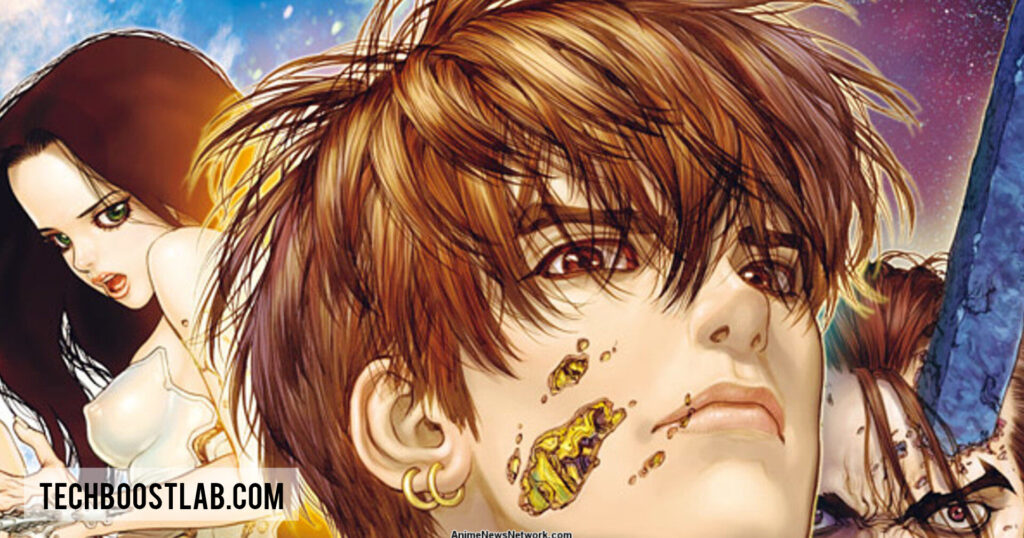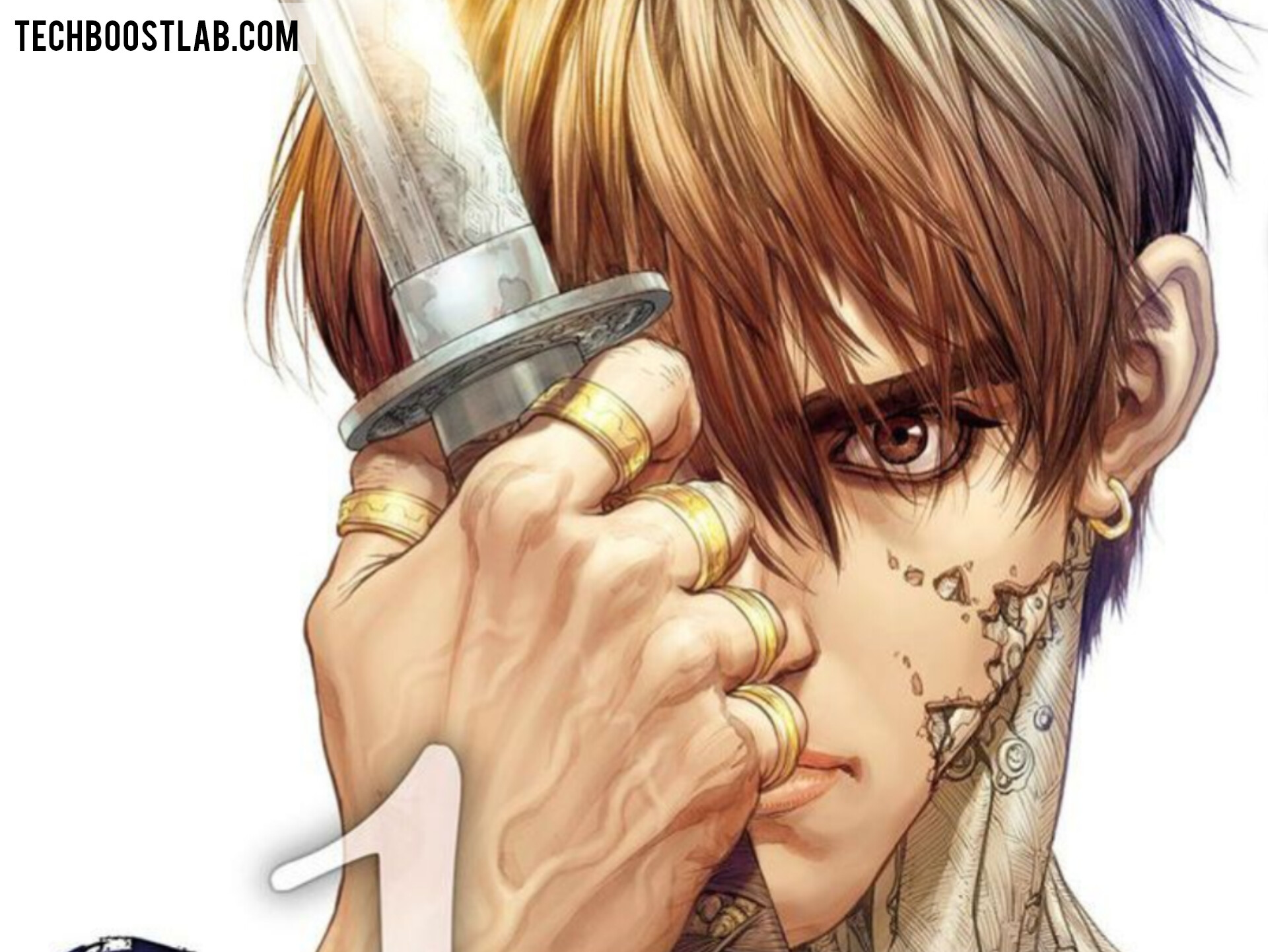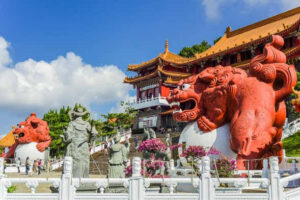Early Manga: Origins, Key Figures, and Global Influence
What is Early Manga?
Manga, often referred to as Japanese comics, is a globally popular form of storytelling that blends art with narrative. However, before becoming the diverse, multi-genre industry we know today, manga had its humble beginnings in early 20th-century Japan. The term “manga” means “whimsical drawings,” and it has roots in Japanese art traditions like ukiyo-e (woodblock prints). Over time, manga evolved into a powerful storytelling medium, captivating readers with its unique blend of visuals and deep, emotional themes. Early manga was instrumental in shaping Japanese culture, especially post-World War II, and its influence has since spread worldwide. Understanding the origins of early manga allows us to appreciate its lasting global impact.
Pioneering Artists Who Shaped the Medium
No discussion of early manga is complete without mentioning Osamu Tezuka, often hailed as “The God of Manga.” Tezuka revolutionized the genre with his work, most notably Astro Boy, which introduced a depth of emotion and complex narratives previously unseen in Japanese comics. His distinct art style, featuring large expressive eyes, has since become a hallmark of the medium. Another significant figure is Rakuten Kitazawa, one of the first Japanese comics artists to blend traditional Japanese art with Western influences. His satirical cartoons in the early 1900s brought manga to a broader audience, shaping its future as both a form of entertainment and social commentary. These pioneers laid the groundwork for the modern Japanese comics industry, transforming manga from simple comic strips to a rich storytelling medium.
Iconic Titles from Manga’s Early Days
Several early manga titles played pivotal roles in defining the genre, and their influence is still felt today. Astro Boy, created by Osamu Tezuka in the 1950s, is one of the most iconic early manga series. It introduced readers to a futuristic world, exploring themes like humanity, technology, and morality. Another essential title is Sazae-san, a series about the daily life of a housewife in post-war Japan. Created by Machiko Hasegawa, Sazae-san became an instant hit, resonating with readers for its portrayal of everyday struggles and triumphs. These early works weren’t just entertainment; they mirrored the realities and dreams of Japanese society during a period of profound change.
How Manga Art Styles Evolved Over Time
Manga’s visual style has undergone significant evolution since its inception. Early manga artists were heavily influenced by traditional Japanese art forms like ukiyo-e, which featured bold lines and minimal shading. However, as Japan opened to Western influences in the late 19th and early 20th centuries, Japanese comics began to incorporate new artistic elements. Artists like Rakuten Kitazawa were inspired by Western comic strips, introducing techniques such as speech bubbles and sequential panels. This blending of Eastern and Western styles resulted in a unique form of visual storytelling. By the mid-20th century, artists like Tezuka brought even more innovation to manga, borrowing cinematic techniques from Western animation. This evolution gave Japanese comics its distinct look, which continues to captivate readers today.
Manga’s Influence in Post-War Japan

World War II had a significant impact on Japan, and Japanese comics played a crucial role in the country’s recovery. In the aftermath of the war, Japan faced immense economic and social challenges. Japanese comics became an affordable and accessible form of entertainment, providing comfort and hope to a population in need. Osamu Tezuka’s works, in particular, resonated with post-war readers. His stories often addressed the themes of rebuilding society, finding peace, and overcoming adversity. The rise of serialized manga in newspapers and magazines made Japanese comics a daily staple for many Japanese people, further solidifying its cultural importance. This period marked manga’s transition from a niche art form to a major cultural phenomenon.
Manga’s Cultural and Global Expansion
Early manga’s influence extends far beyond Japan. By the late 20th century, manga had captured the attention of readers around the world, thanks to its distinctive storytelling and art style. One reason for manga’s global appeal is its diversity in themes and genres. Unlike Western comics, which were often dominated by superhero stories, manga explored everything from romance and comedy to science fiction and deep philosophical themes. This versatility made manga accessible to readers of all ages and backgrounds. Today, manga has become a multi-billion dollar industry, with fans across the globe. Its influence can be seen in other media, including anime, video games, and even fashion, proving that Japanese comics laid the foundation for a worldwide cultural movement.
The Lasting Legacy of Japan’s Early Comics
The legacy of early manga continues to shape contemporary culture, both in Japan and internationally. Pioneers like Osamu Tezuka didn’t just influence the manga industry—they inspired future generations of artists, writers, and filmmakers. The storytelling techniques and artistic styles developed during manga’s early years continue to be used in modern works. The themes explored in early manga—such as identity, morality, and the human experience—remain relevant today, ensuring that Japanese comics will continue to thrive as a cultural and artistic medium. From anime to global pop culture, the influence of Japanese comics is still unfolding, proving that the foundations laid by early artists were both visionary and timeless.
Frequently Asked Questions (FAQs)
- What is early manga?
Early manga refers to the beginnings of Japanese comics, which started in the early 20th century, blending traditional Japanese art with storytelling. - Who is Osamu Tezuka?
Osamu Tezuka, often called “The God of Manga,” revolutionized the manga industry with iconic works like Astro Boy, introducing complex narratives. - How did early manga influence global culture?
Early manga’s unique storytelling and art style spread internationally, influencing anime, video games, and modern pop culture worldwide.
Conclusion
Early manga was not just the beginning of a popular art form; it played a vital role in shaping modern Japanese culture and eventually, global pop culture. Through the innovation and creativity of early artists like Osamu Tezuka and Rakuten Kitazawa, Japanese comics evolved from simple comic strips into a dynamic storytelling medium that transcended national boundaries. Its rise in post-war Japan marked a cultural shift, and its global success proves the universal power of visual storytelling. Today, Japanese comics remains a beloved medium that continues to inspire and entertain readers around the world, and its roots in early Japanese culture will always be a significant part of its history.














Post Comment